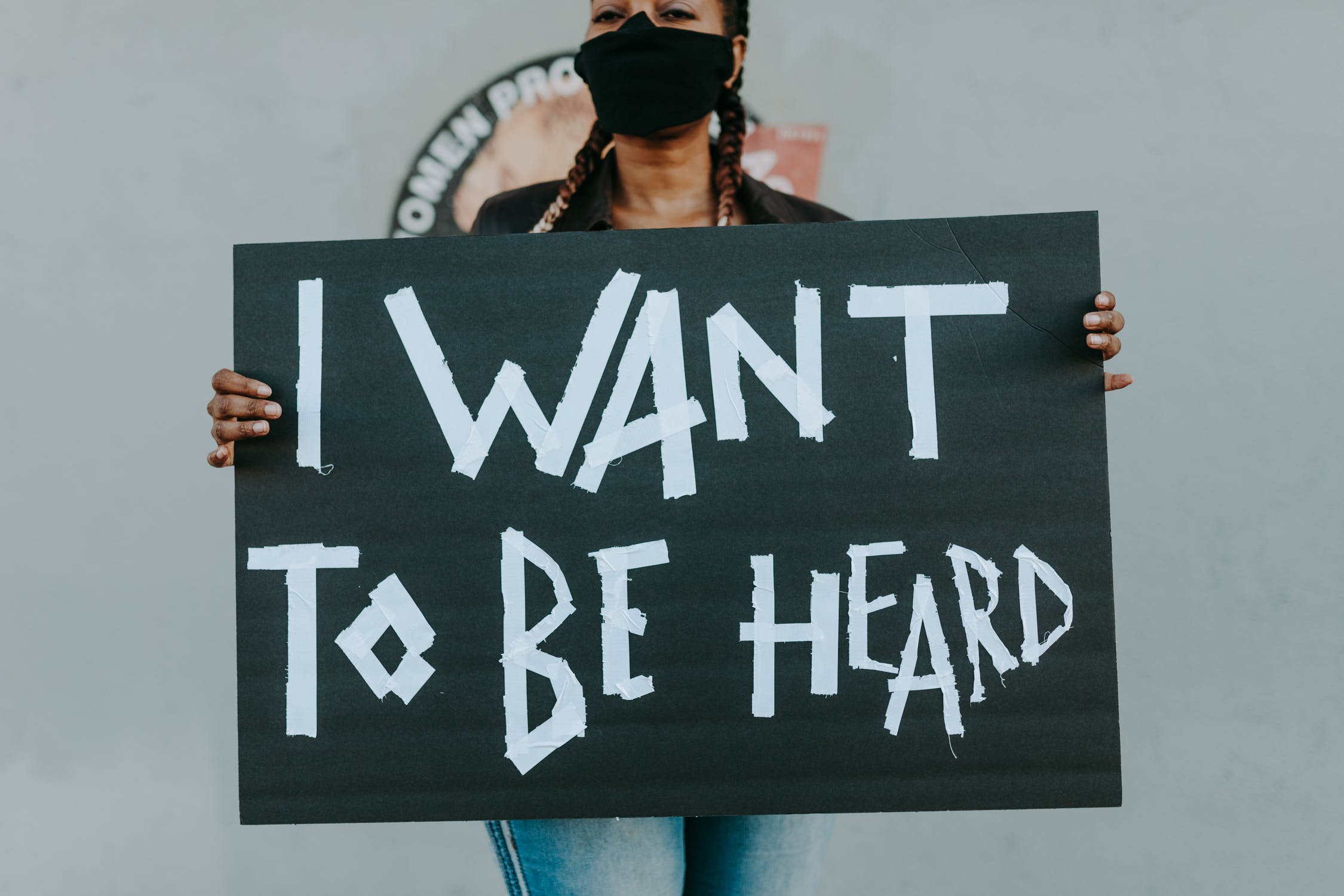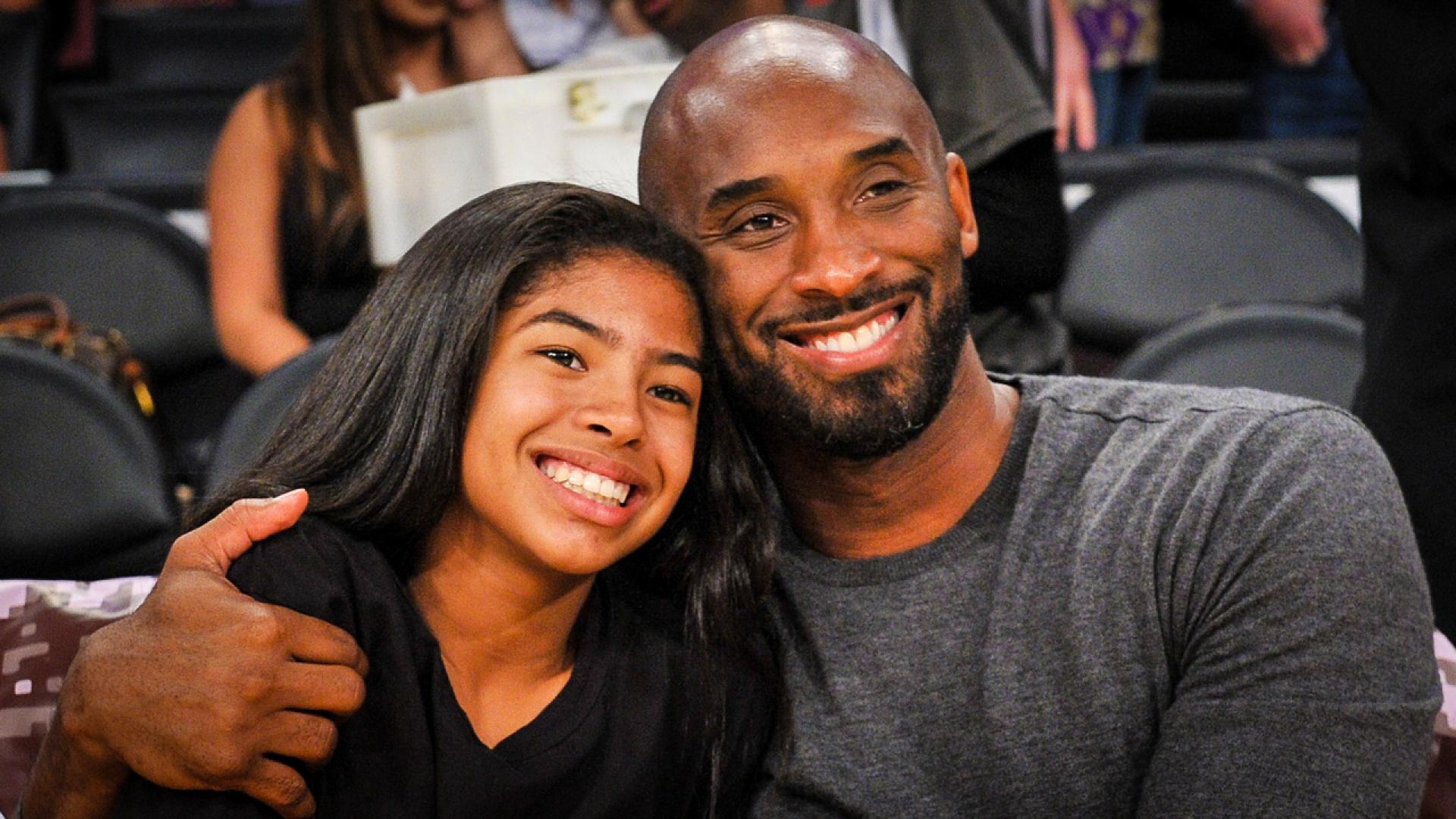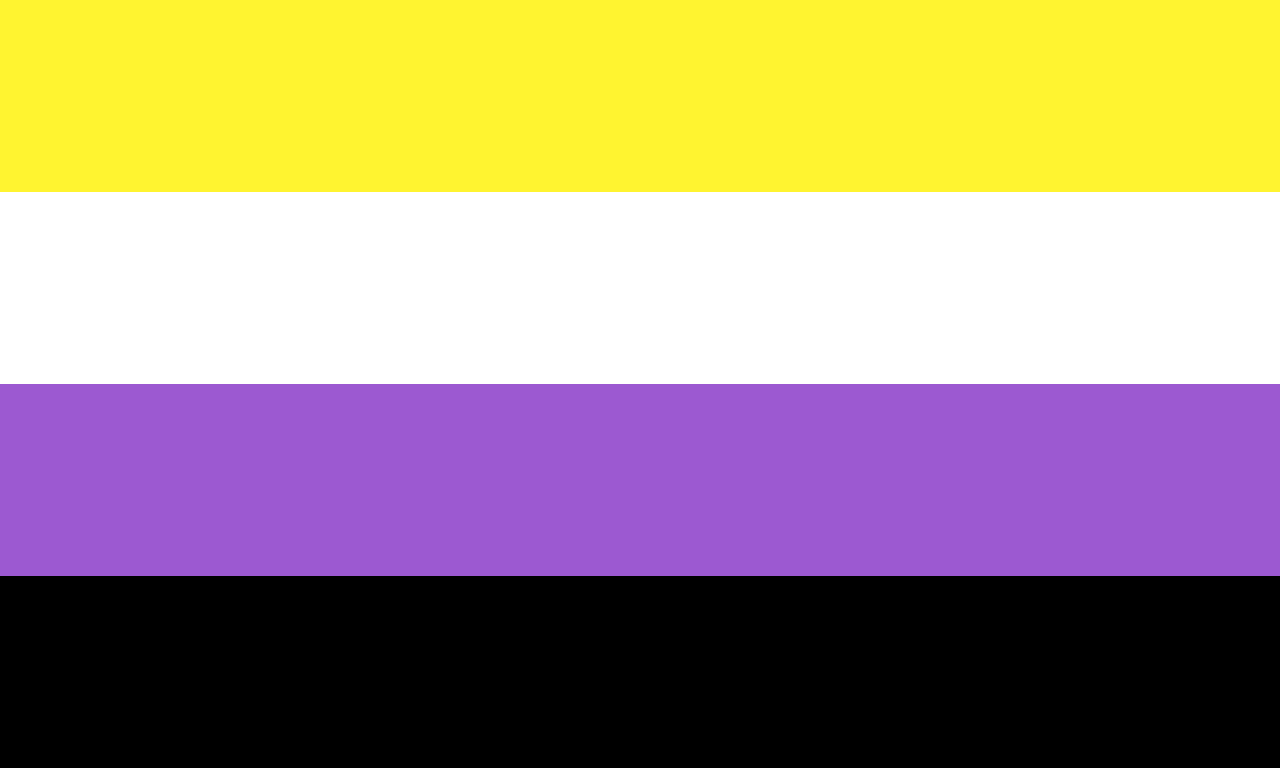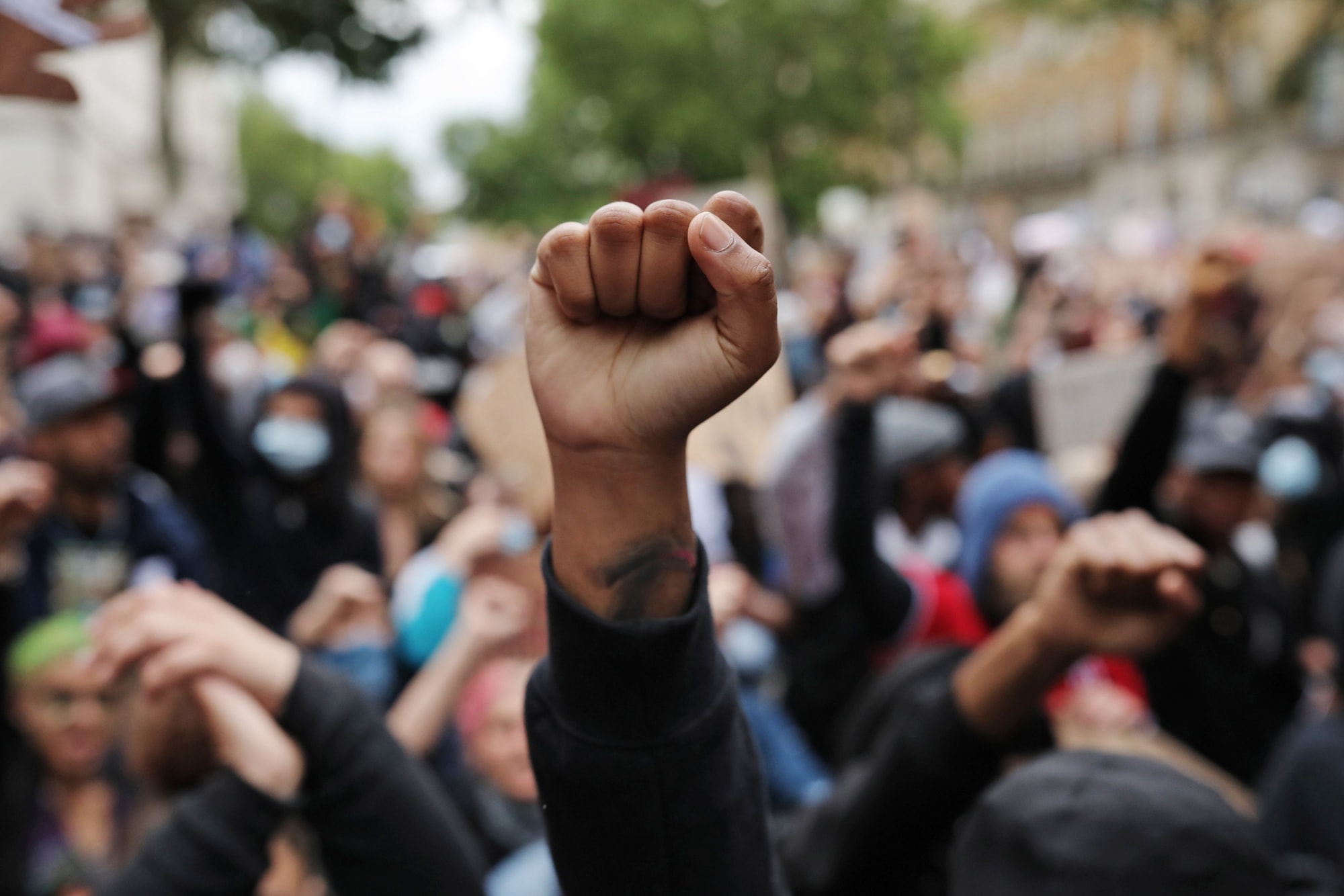In recent years, moves towards gender inclusivity outside a binary has influenced mainstream culture in many forms, from language evolution to popular celebrities coming out as non-binary/genderfluid. Although gender norms have progressed throughout the ages, this latest change is sometimes criticized as being too progressive, too out of touch with tradition and merely a project of Generation Z. However, these common critiques are solely based on Western understandings of gender.
While a lot of Indigenous history has been lost to colonialism, many Indigenous folks have for centuries identified in ways that do not correlate traditionally with biological sex. In fact, different gender identities formed a part of life in the Americas long before colonialism introduced our modern understanding of the binary. In celebration of Indigenous Peoples Day, here are just three Indigenous third gender identities that have existed throughout North America.
Muxes (Southern Mexico)

Photo by Tim Walker for Vogue Mexico.
This third gender identity from the Zapotec Indigenous culture has received extensive media coverage in the last decade. Muxes are broken down into two: gunna and nguiiu.
Gunna muxes embrace a more femine identity through makeup, clothing, and sometimes surgery and have taken on roles traditionally assigned to biological women. Professionally, most are artisans and seamstresses. In the town’s church, they have a role similar to that of nuns and at home, they grow to become the caretakers of their parents. Meanwhile, nguiiu embody masculinity but still identify outside of a male gender.
Juchitán de Zaragoza, where the muxe identity originated, is considered one of the world’s sole matriarchies due to women’s role as the economic heads of the household.
Winkte (North and South Dakota)
The umbrella term “two-spirit” has been used to recognize First Nations’ gender diversity and spirituality ever since the term was coined in the 1990 North American Native Gay & Lesbian Gathering in Manitoba. However, the specific identities that encompass this term are centuries old and have over 200 different words across Indigenous cultures to refer to them. The Lakota people, for example, use winkte, which translates as “to be as woman.”
Winkte are born biological males who embody the Lakota people’s idea of femininity through clothing, mannerisms and work. Historically, winkte people were signaled to follow the correct path towards their gender identity through a series of dreams. Historical accounts vary, but some accounts hold winkte as sacred beings with specific roles in traditions and ceremonies that could only be performed by those who identified as neither women nor men.
Cree Two-Spirit People (Canada and Northern U.S.)

James Makokis. Photo: CBC News
With more than 350,000 descendants across Canada, the Cree are one of the largest groups of First Nations people in North America. Within the Cree language, there exist three different categories of two-spirit people: iskwêw ka napêwayat (a man dressed/living as a woman), înahpîkasoht (a woman dressed/living as a man) and aayahkwew (half and half). The creation story of Cree two-spirit people is centered around Weesageychak, the constellation more commonly known as Orion, a trickster and teacher who playfully shifted genders to teach a lesson about peoples’ connections to the wider universe. While colonial history has attempted to displace Cree understandings of sexuality and gender as they relate to spirituality, the upholding of the two-spirit identity and its role in Cree tradition can even be understood as an active resistance against colonialism.
One notable two-spirit person is the well-known doctor James Makokis from the Kehewin Cree Nation. Matokis is best known for winning The Amazing Race Canada, but their clinics have become popular destinations for those seeking gender corrective surgeries. Makokis’ own understanding of gender has shaped their approach towards treating gender dysphoria, which consists of getting to know a patient before immediately assigning treatment. Their work is emblematic of how indigenous understandings of gender provide the knowledge and history of how gender non-conforming individuals’ minds make sense of their bodies and have for centuries.






